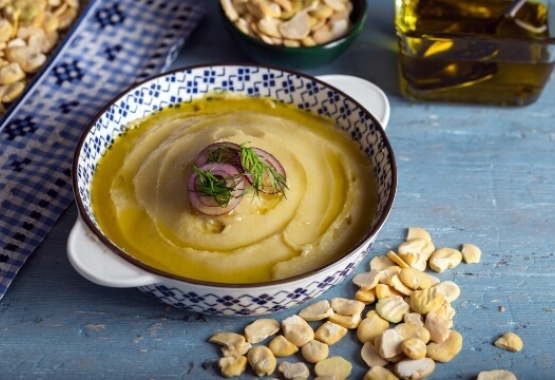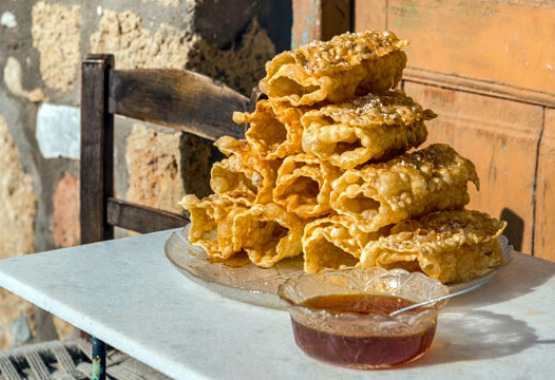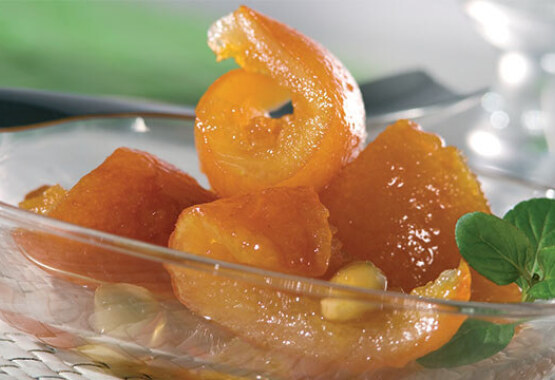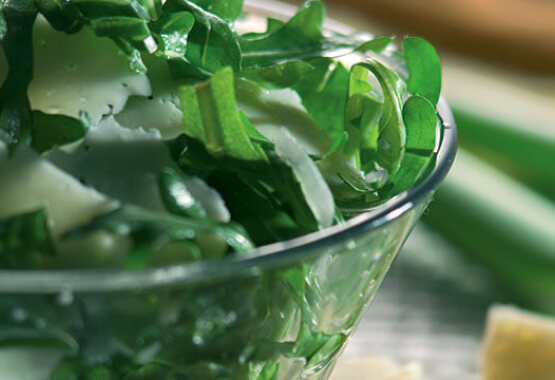
AROUND GREECE
In the past, rural housewives used to make their own homemade pasta during the summer months (after cereal harvest), when ingredients such as grain, fresh goat milk and eggs were in abundance. They would knead the dough, cut it in small pieces and rub it with their fingers and then they would lay it out in the sun to dry. When ready, the pasta was stocked in fabric pouches in their cellar for their yearlong family use.
Nowadays, these age-old traditions are kept by small family businesses and local women’s cooperatives across the country; try their products and discover flavourful types of Greek pasta prepared only with the best of ingredients.
Greek imagination and creativity have been an inspiration for pasta names as well as for their different shapes throughout the country. Let us introduce you to some of them:
In the areas of Lakonia and Argolida, Peloponnese, locals prepare gogkes, a traditional type of pasta. It is customary to consume a dish of gogkes usually during the Greek Orthodox carnival period. This shell-shaped pasta is boiled in water, strained and mixed with lots of grated manouromyzithra cheese [a white hard cheese with a mild flavour]; then, some hot olive oil is poured and gogkes are tossed in it. Other traditional local types of pasta are rice-like striftades, and small and square-shaped toutoumakia (a.k.a. chylopitakia).
In mainland Greece, trachanas is a very common dish prepared especially for the cold winter evening dinners. Try any of its tasty variations: sweet or sour, thick or thin, made with semolina, flour, or cracked wheat, with butter, milk, or tomato. It is so nutritious that in farming communities it is served for breakfast as well. Trachanas is usually cooked as a soup with either a thin or a thick consistency and topped with chunks of feta cheese; it can also be cooked with legumes or vegetables, as a side dish for meat preparations, it can be added as a filling in pies and in dolmadakia (stuffed tender vine leaves).
In Epirus, mushrooms are added to the trachanas dough. In Thrace, local recipes include sesame and spicy red pepper flakes. In Macedonia a red pepper pulp is added to the mixture. An alternative recipe suitable for consumption during the Lent Period (when meat and animal products are not consumed) includes flour or semolina and vegetable pulp.
Greek Traditional Pasta
Chylopites, kofto makaronaki, kouskousaki, kritharaki, trachanas...
These words may sound weird to you, but they are all types of Greek pasta, made with tasty ingredients such as wheat, milk, and eggs. A Greek pasta dish is usually topped with a red tomato or creamy-white sauce, and lots of grated myzithra cheese. Try it mixed with seafood, meat, or legumes; enjoy it in delicious and nutritious soups, or in cold salad dishes.Like old times…
In the past, rural housewives used to make their own homemade pasta during the summer months (after cereal harvest), when ingredients such as grain, fresh goat milk and eggs were in abundance. They would knead the dough, cut it in small pieces and rub it with their fingers and then they would lay it out in the sun to dry. When ready, the pasta was stocked in fabric pouches in their cellar for their yearlong family use.
Nowadays, these age-old traditions are kept by small family businesses and local women’s cooperatives across the country; try their products and discover flavourful types of Greek pasta prepared only with the best of ingredients.
Local pasta names & origins
Greek imagination and creativity have been an inspiration for pasta names as well as for their different shapes throughout the country. Let us introduce you to some of them:
In the areas of Lakonia and Argolida, Peloponnese, locals prepare gogkes, a traditional type of pasta. It is customary to consume a dish of gogkes usually during the Greek Orthodox carnival period. This shell-shaped pasta is boiled in water, strained and mixed with lots of grated manouromyzithra cheese [a white hard cheese with a mild flavour]; then, some hot olive oil is poured and gogkes are tossed in it. Other traditional local types of pasta are rice-like striftades, and small and square-shaped toutoumakia (a.k.a. chylopitakia).
In mainland Greece, trachanas is a very common dish prepared especially for the cold winter evening dinners. Try any of its tasty variations: sweet or sour, thick or thin, made with semolina, flour, or cracked wheat, with butter, milk, or tomato. It is so nutritious that in farming communities it is served for breakfast as well. Trachanas is usually cooked as a soup with either a thin or a thick consistency and topped with chunks of feta cheese; it can also be cooked with legumes or vegetables, as a side dish for meat preparations, it can be added as a filling in pies and in dolmadakia (stuffed tender vine leaves).
In Epirus, mushrooms are added to the trachanas dough. In Thrace, local recipes include sesame and spicy red pepper flakes. In Macedonia a red pepper pulp is added to the mixture. An alternative recipe suitable for consumption during the Lent Period (when meat and animal products are not consumed) includes flour or semolina and vegetable pulp.




